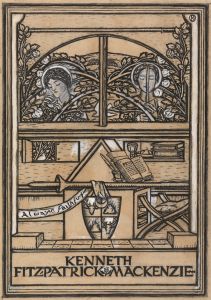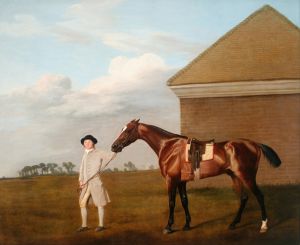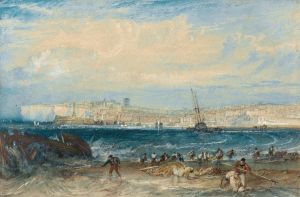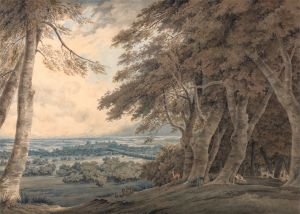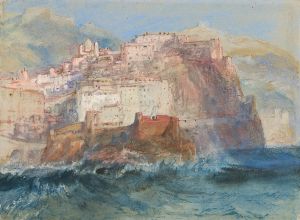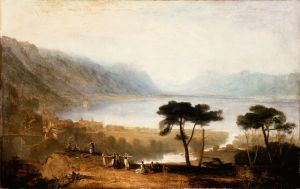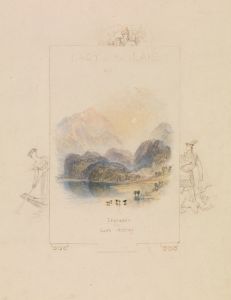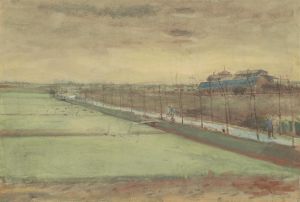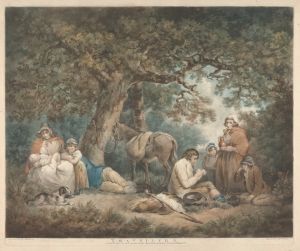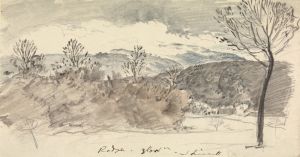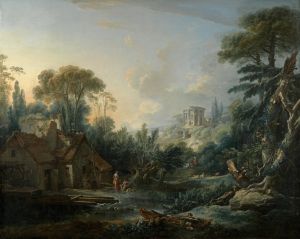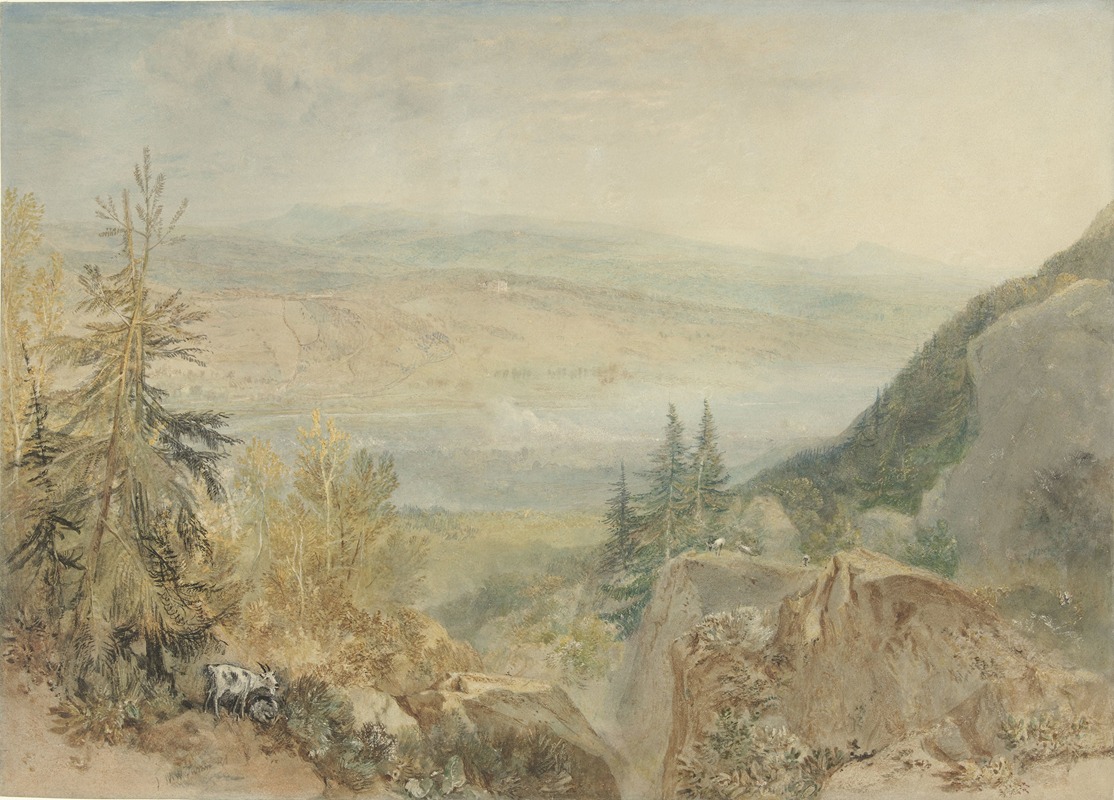
View of Farnley Hall in Yorkshire
A hand-painted replica of Joseph Mallord William Turner’s masterpiece View of Farnley Hall in Yorkshire, meticulously crafted by professional artists to capture the true essence of the original. Each piece is created with museum-quality canvas and rare mineral pigments, carefully painted by experienced artists with delicate brushstrokes and rich, layered colors to perfectly recreate the texture of the original artwork. Unlike machine-printed reproductions, this hand-painted version brings the painting to life, infused with the artist’s emotions and skill in every stroke. Whether for personal collection or home decoration, it instantly elevates the artistic atmosphere of any space.
Joseph Mallord William Turner, one of the most renowned British landscape painters, created the artwork "View of Farnley Hall in Yorkshire" during the early 19th century. Turner, known for his expressive colorization, imaginative landscapes, and turbulent marine paintings, had a profound impact on the Romantic movement and later influenced the Impressionists.
Farnley Hall, located in North Yorkshire, England, was the home of Turner's close friend and patron, Walter Fawkes. Turner visited Farnley Hall numerous times between 1808 and 1824, during which he produced a series of works capturing the hall and its surrounding landscapes. The relationship between Turner and Fawkes was more than just professional; they shared a deep friendship, and Fawkes was one of Turner's most significant patrons. This connection allowed Turner to explore the picturesque landscapes of Yorkshire, which became a recurring theme in his work.
"View of Farnley Hall in Yorkshire" is one of the many pieces Turner created that depict the estate. The painting exemplifies Turner's ability to capture the essence of the English countryside with his masterful use of light and atmosphere. His technique often involved the use of loose brushwork and a vibrant palette, which brought a sense of movement and life to his landscapes. In this particular work, Turner captures the grandeur of Farnley Hall set against the backdrop of the rolling Yorkshire landscape, emphasizing the harmony between the man-made structure and the natural environment.
Turner's visits to Farnley Hall were not only artistically productive but also personally enriching. The time he spent there allowed him to experiment with different techniques and styles, contributing to his development as an artist. His works from this period reflect a transition in his style, where he began to move away from traditional landscape painting towards a more atmospheric and expressive approach.
The painting is a testament to Turner's skill in rendering light and shadow, creating a dynamic composition that draws the viewer into the scene. The use of light in "View of Farnley Hall in Yorkshire" is particularly noteworthy, as Turner was adept at capturing the changing effects of light on the landscape, a feature that became a hallmark of his work.
Today, Turner's paintings, including those of Farnley Hall, are celebrated for their innovative use of color and light, which broke new ground in the art world and paved the way for future generations of artists. His works are housed in major collections around the world, and he is remembered as one of Britain's greatest painters.
"View of Farnley Hall in Yorkshire" remains an important piece in understanding Turner's artistic journey and his contribution to landscape painting. It reflects not only his technical prowess but also his deep appreciation for the natural beauty of the English countryside, which he so eloquently captured on canvas.





